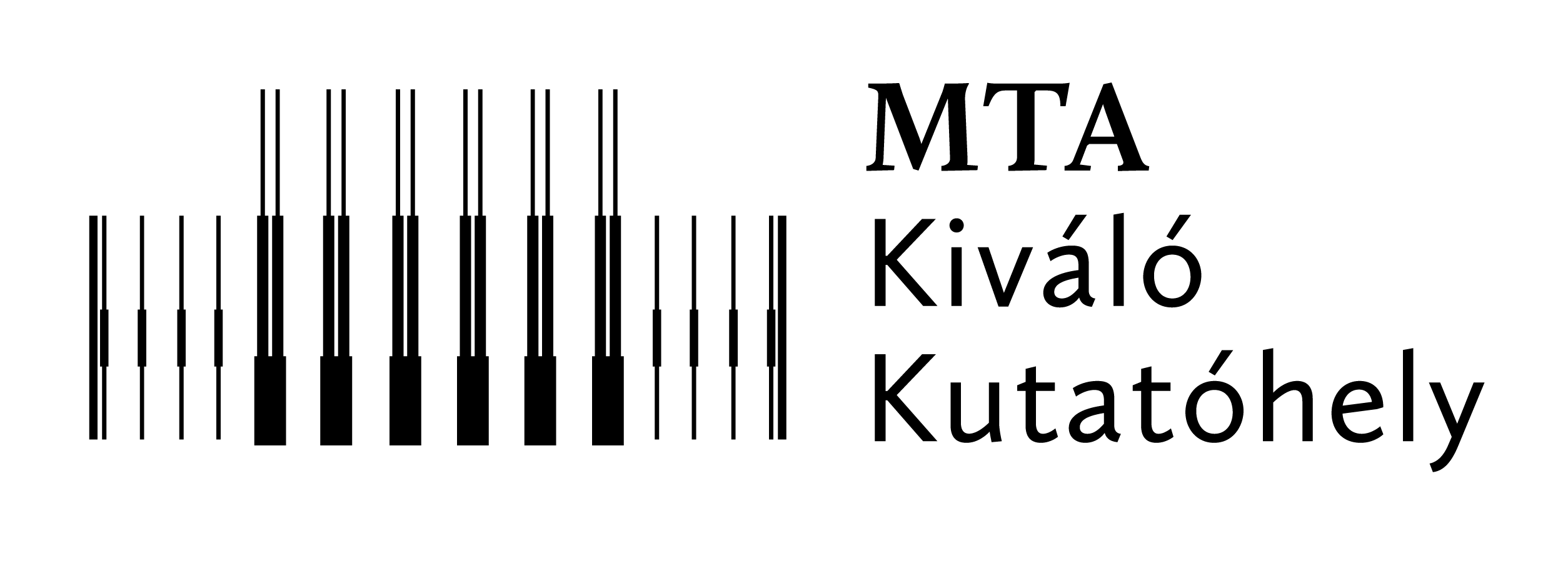Előadó: Donkó Zoltán (Wigner RCP SZFI)
Előadás címe: Three decades in low temperature plasma physics
Dátum: 2022. október 11., 10 óra
Helyszín: 1-es épület Tanácsterem
Összefoglaló:
The vast majority of the matter in the Universe is in ionised (i.e., plasma) state, of which the properties differ significantly from those of the neutral gaseous state. The electrical conductivity of this type of matter and the light emission caused by excitation processes makes them possible to use, e.g., in light sources and lasers. The active species created in collision processes between the constituents of plasmas serve as the basis of a new area of plasma medicine, where plasma sources are used for surface modification of, e.g., dental implants and aid curing cancerous tissues. These new applications are less known by society, similarly to the high-tech applications of plasma technologies in the microelectronics industry that provides us with all the computing and communication equipment of our modern age. At the same time, electrical discharges exhibit a wide range of physics phenomena of which the understanding represents a challenge both in experimental and simulation studies. Electrical gas discharges are complex systems in which the different (charged and neutral) components typically constitute weakly coupled subsystems that are characterized by distinct velocity distribution functions. In the case of electrically charged species, the distribution functions differ significantly from the Maxwell-Boltzmann type, which is caused by the specific energy gain and loss mechanisms taking place in the interactions of the charged species with the electric field and with other charged and neutral species. In the case of the different species (electrons, ions, as well as electrically charged microscopic dust particles), these dynamics take place on the largely disparate length and time scales. As a consequence of this, the weakly ionized low temperature plasmas of electrical gas discharges are non-equilibrium systems from the thermodynamics point of view, and therefore, their accurate description requires methods of kinetic theory. The talk will review some of the above mentioned physics phenomena studied by means of state-of-the-art experimental techniques and computational tools.



